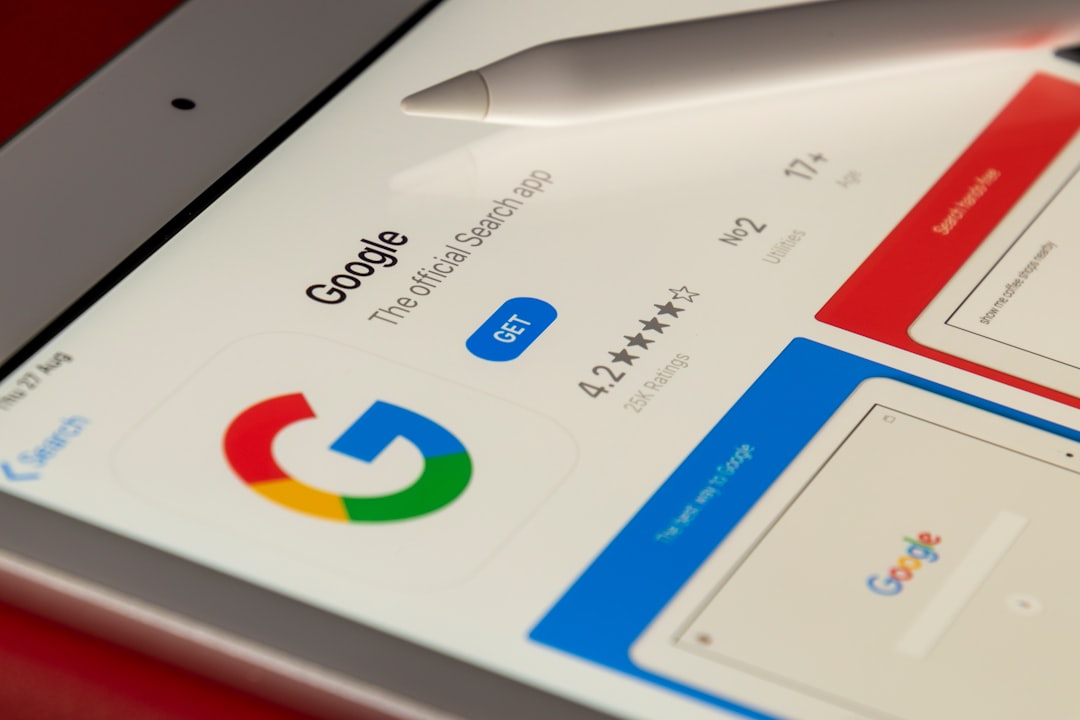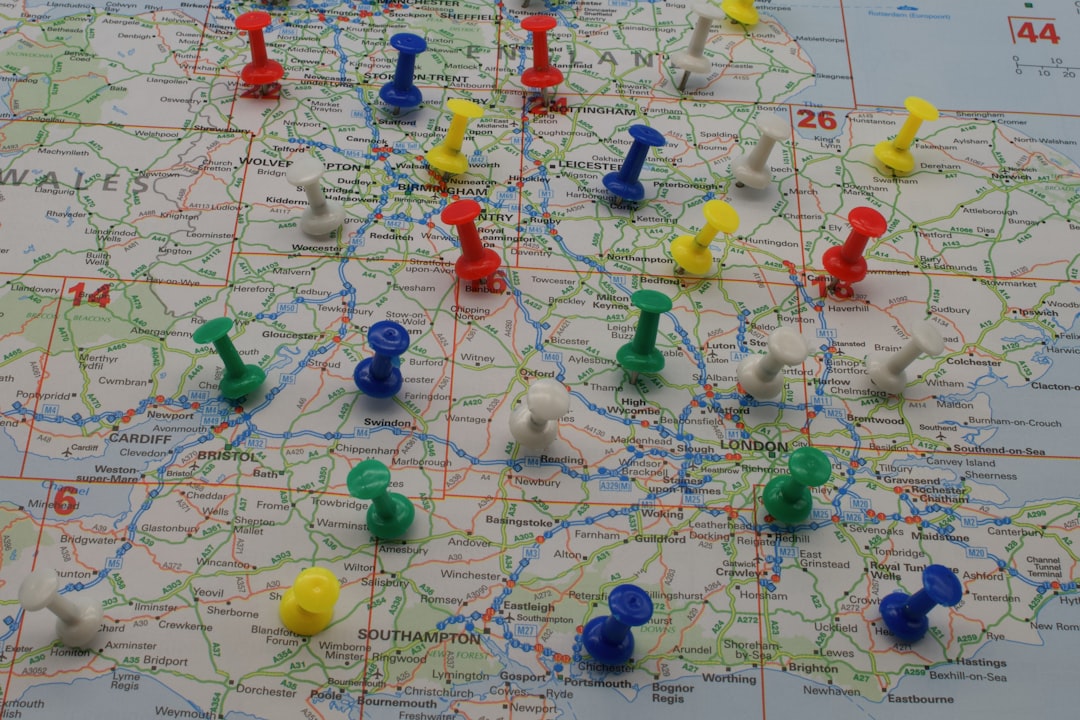Imagine you’ve built the perfect website. It’s fast, smart, and ranks like a champ in your local market. Then, one day, your international traffic starts to drop. But wait — you haven’t changed a thing. So what happened?
Well, here’s the twist: Google may be stealing your global visitors using automated translations!
Wait, What? Google’s Translating My Site?
Yup. Google has been quietly working its tech magic to auto-translate search results for users around the world. And while that sounds helpful, it can hurt your site more than it helps.
Let’s say someone in Spain searches for a topic that you’ve written about — but in English. Google might show a translated snippet of your content without sending the user to your site at all.
So really, the person reads your hard work… but never visits your page. Bad news, right?

Why This Is a Big Deal
This isn’t just an SEO nerd’s nightmare. It affects everyone trying to grow a brand online.
Here’s why automated translations can be a problem:
- No More Clicks: Users get what they need right on the search page.
- No Credit: Your brand or website often isn’t mentioned prominently.
- No Conversions: No visit means no chance they’ll buy or sign up.
Google becomes the middleman — and keeps all the traffic for itself!
So, How Does This Actually Work?
Here’s a simplified breakdown:
- You write content in English (or any language).
- Google indexes your page, as it should.
- A French user types a query similar to your topic.
- Google shows your content translated into French, right there in search results.
- User reads it and never visits your site.
It might even link to a Google-translated version of your page, not your original one.

Is This Even Legal?
Gray area, folks. Google is technically just “displaying” content as part of its search functionality. But when that content is translated — and users no longer click through — it feels like they’re borrowing your work without asking.
Translation without traffic? No, thank you.
What Can You Do?
Don’t panic. There are a few things you can try.
1. Offer Your Own Translations
Create pages in different languages. This gives you more control. It also tells Google: “Use this version, not your machine version!”
2. Use the Right Tags
Add hreflang tags to your pages. They help Google understand which version of your content is for which audience.
3. Block Machine Translation (if you dare)
You can try using a robots.txt file or meta tags to prevent translation. But — warning — this might also stop international users from finding you at all.
4. Track Your Traffic
Use tools like Google Search Console and Google Analytics to see where your traffic is dropping. If your international clicks fall, this may be the reason.
Will Google Change This?
Maybe. Maybe not. Google’s goal is to keep users happy (and keep them on its own search pages).
But if more site owners speak up, things might shift. For now, being aware is your best defense.
The Bottom Line
Google’s automatic translations are a double-edged sword. They make the web more global — sure. But they can strip away the traffic and credit you deserve.
So don’t just sit there. Take control. Translate your own pages. Use the right tags. And keep your eyes on those analytics like a hawk.
Because when Google borrows your words, you better make sure they give something back.




